Wastewater Treatment
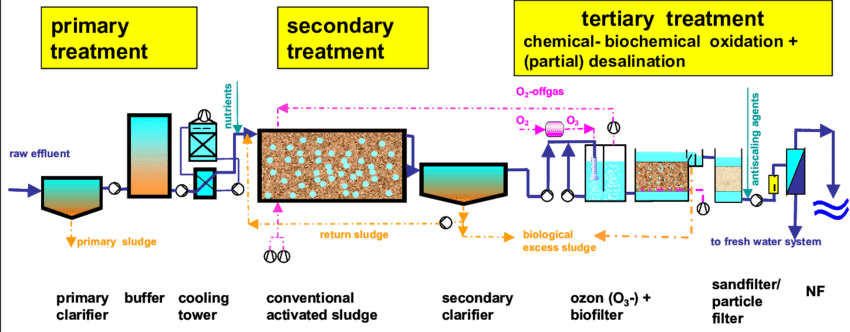
Wastewater treatment in developing countries has been a big challenge. Considering that water is used as a raw material in many industries, there is a need for wastewater to be well managed before disposal.
When wastewater is directly released to a river, a stream or an ocean without treatment, it poses a great risk to marine life and the environment. The main sources of wastewater are
A. Domestic sewage or sanitary sewage
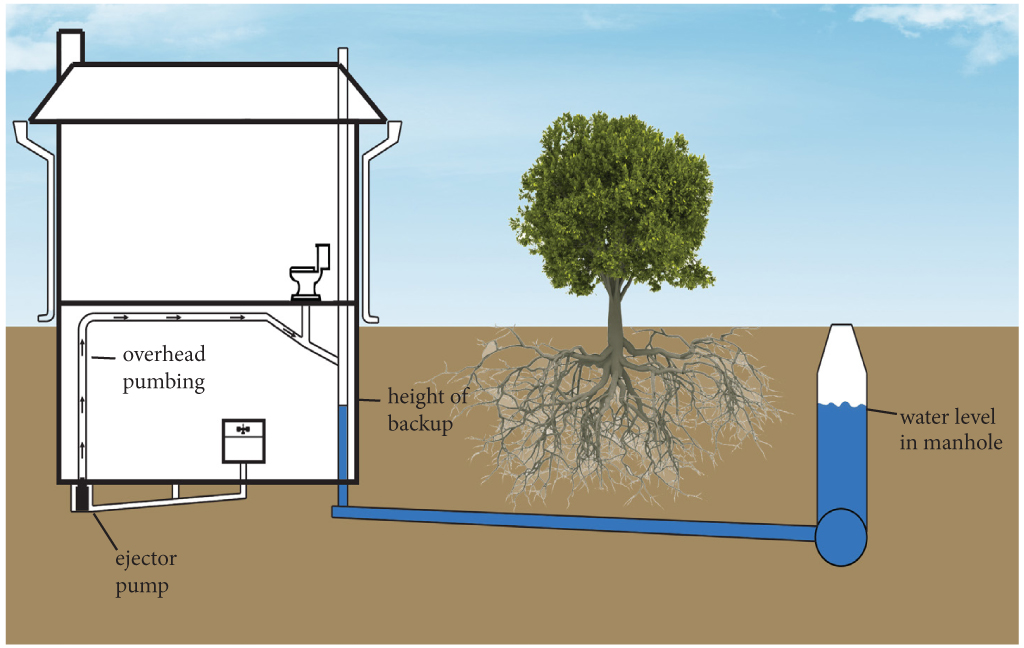
These come as a result of household activities such as washing utensils, bathing, and lavatory waste. Such wastewater is drained and disposed of as sewage.
If not well managed, it ends up polluting the environment and can result in waterborne disease when it comes to contact with clean water in the rivers for domestic use. Therefore it is important to treat and manage wastewaters to save water as a resource.
B. Industrial sewage
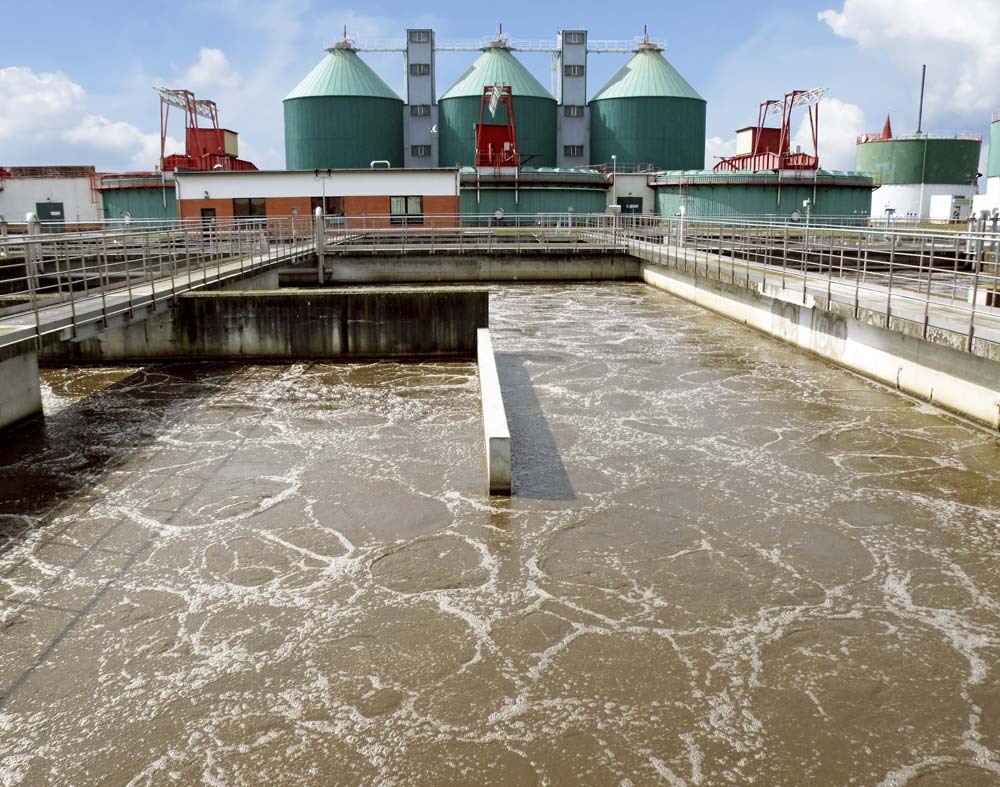
This is the leading source of wastewaters in developing countries compared to developed countries. There are quite some industrial wastewaters depending on various industries and contaminants.
Industrial wastewaters have different contamination levels and should be treated using different measures. Previously, industrial wastewater caused serious pollution problem as the industries used to discharge wastewaters into rivers and lakes, posing as a threat to the ecosystem. Here are some of the examples of causes of industrial wastewaters;
• Iron and steel: the pollutants are Metals, Oil, Phenols, Cyanide, Acids, BOD and COD.
• Non-ferrous metals: the pollutants are Fluorine and SS.
• Chemicals: the pollutants include Organic chemicals, Cyanide, Heavy metals, COD and SS.
• Textile and Leather: the pollutants include Solids, Chromium, sulfates, and BOD.
• Petrochemical and Refineries: the pollutants include Phenols, Chromium, Mineral Oils, COD and BOD.
• Microelectronics: the pollutants include Organic chemicals and COD.
• Pulp and Paper: the pollutants are Chlorinated Organic compounds, Solids, COD and BOD.
• Mining: the pollutants are Acids, Metals, Salts, and SS.
Food processing plants should not be ignored too. They produce wastewater with suspended solids and organic material.
Industrial wastewater can be classified into two:
a) Inorganic Industrial Wastewater
It is mainly produced in the steel and coal industry, in commercial enterprises, in the non-metallic mineral industry, and industries for the surface processing of metals (electroplating and iron picking works). The wastewaters contain large proportions of suspended matter.
It is mainly produced in the steel and coal industry, in commercial enterprises, in the non-metallic mineral industry, and industries for the surface processing of metals (electroplating and iron picking works). The wastewaters contain large proportions of suspended matter.
The most appropriate means of eliminating these wastes is through sedimentation, together with chemical flocculation which is made possible by adding aluminum salts or iron, flocculation agents and organic polymers if available.
In most cases, wastewaters from the industries such as rolling mills and like industries contain harmful solutes that can cause great damage to the ecosystem. For example, wastewater as a result of blast-furnace gas washing contains cyanide which is a dangerous compound. That calls for proper wastewater management.
Before the wastewater is discharged into the municipal wastewater system, it should be purified or treated in compliance with local regulations.
b) Organic Industrial Wastewater
Organic industrial wastewater results from large-scale chemical industries that use organic substances. The effluents are eliminated by special pretreatment of the wastewater, combined with biological treatment. Here are some of the major contributors of organic industrial wastewater.
• Pharmaceutical industries
There are various effluents from different production areas due to variance in working processes, basic raw materials, and waste products. In most cases pharmaceutical industrial plants manufacture pharmaceutical products together with other chemical products.
Waste substances may include the extraction residues of synthetic and natural solvents, specific poisonous substances, used nutrient solutions and many other organics.
• Tannery plants wastewater
Tannery plants use a lot of water in the production stage. The quality of wastewater depends on the type of hides, the chemical and mechanical methods used in tanning. That makes the wastewater flow unevenly.
The wastewater from a tannery normally contains a high concentration of COD, has acid PH and high chloride content. Emulsified fat and settable substances in high volumes tend to form a foam, which turns to be harmful to the environment if it is discharged without proper treatment.
• Brewery industry wastewater
Brewery wastewater is approximated to be three to four times more concentrated than sewage. The contaminants are non-toxic, and the majority of organic substances are biodegradable, making it easier to remove suspended solids.
For the wastewater to reduce the organic concentration, an anaerobic biological process is carried out, and then the aerobic biological process follows to ensure that the effluent is of high standards.
Let's see different types of wastewater treatment process
Industrial Wastewater Treatment Process
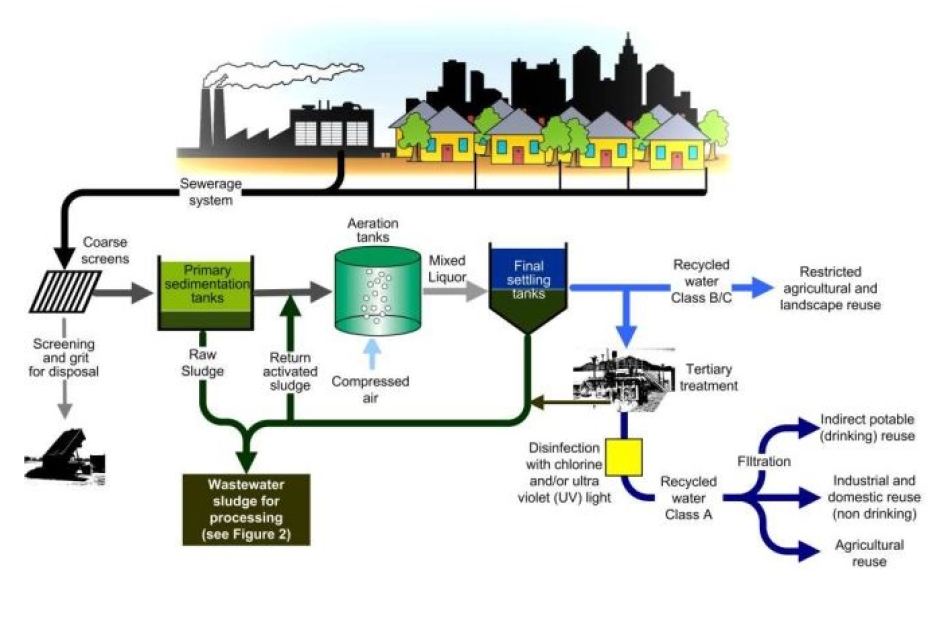
Industrial wastewater treatment process may vary depending on the type contaminants in the water. Below is the process of industrial wastewater treatment:
• The first step is to remove coarse or heavy solids that could damage the process pumps. This process helps to reduce the treatment chemical consumption and lowers the operational costs.
• The water is then blended together to form a homogenous solution through a process called Equalization done in the EQ tank.
• The wastewater is then pumped into a pipe flocculator to add chemicals such as pH reagents, coagulants, and flocculants. The chemicals help to agglomerate solid materials into large, floatable flocs.
• Next, the wastewater flows into the Dissolved Air Flotation System (DAF) where the physical separation takes place.
• The separated solids are skimmed out of the DAF system as sludge. The sludge goes through a sludge management process.
• The water then flows out of the DAF to further processing or discharge.
Domestic Wastewater Treatment Process
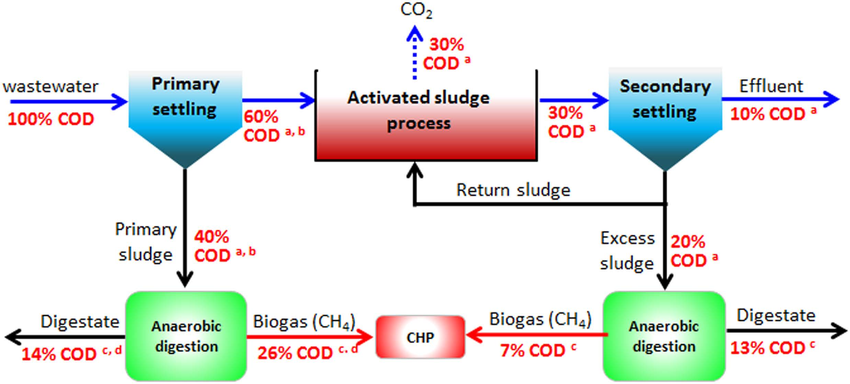
I. Preliminary stage
During this stage of wastewater treatment, all the constituents that can cause damage to the pumps or interfere with the operations are eliminated at this stage. The floating solids are removed or reduced to small sizes. The other inorganic objects for example metal, sand or glass should also be removed.
That is made possible by using a specifically designed apparatus for the job. They include;
a. Racks and Bar Screens
In most cases, the bars used to provide a clear space of one to two inches. Screens are normally set vertically (large ones), and the smaller screens are set at an angle of 45 -60 degrees. As the incoming water passes through them, the large floating solids are trapped, removed and disposed of by either burial or incineration.
b. Comminuting devices
They include cutters, shredders, and grinders. The work of these devices is to cut up, shred and grind solids into smaller sizes. If the shredded solids are not well removed regularly, they may end up clogging the diffuser.
c. Grit removal chamber
Its purpose is to remove heavier particles and suspended solids from the wastewater. That helps in reducing the digester frequency, reducing the formation of residue in channels, pipelines, and conduits. Removing grit saves mechanical equipment from abnormal wear and abrasion.
II. Primary wastewater treatment
This process involves sedimentation of the solid waste within the water flow. Wastewater is passed through the filters, whose work is to filter out large contaminants from the water. The solid contaminant settling at the bottom of the tank is referred to as raw sludge.
It is normally collected in a hopper and pumped out for disposal. To remove floating objects and grease, you can use mechanical surface-skimming devices.
Clarifiers are settling tanks built with mechanical means to remove solids being deposited by sedimentation continuously. Tube Settler help to reducethe vertical distance a small particle must settle before gathering to form larger particles.
III. Secondary wastewater treatment
It involves the removal of soluble organic matter that gets past the primary treatment. Biological processes are normally used, where the microbes do consume organic substances such as food residue and converts them into the water, carbon dioxide and energy enhancing growth and reproduction. One of the benefits of this process is that it protects the dissolved oxygen balance of a river or lake where the effluent flow is directed to.
The basic biological treatment methods are
a. Biofiltration
In this process sand filters, trickling filters or contact filters are put in place to ensure that additional sediment is eliminated from the wastewater.
b. Aeration
The process involves mixing wastewater with a solution concentrated with microorganisms in the aeration tank. The mixture is aerated for up to 30 hours, for maximum effect. It may be a long process, but the results are promising.
c. Oxidation Ponds
This process is normally intended to be used in warmer places. The wastewater is passed through a natural body of water like a lagoon for some time, and it is retained for about two to three weeks before it is released to join the normal flow.
d. MBBR system
MBBR media is a highly effective biological treatment process that utilizes floating High Capacity MicroOrganism BioChips within the aeration and anoxic tanks. The microorganisms in the MBBR consume organic material. There are several MBBR systems available such as K1 media.
IV. Anaerobic
This process is energy efficient and most appropriate to treat industrial wastewater. Biomass is used to convert COD (chemical oxygen demand) or organic contaminants into biogas in an environment where there is no oxygen.
The end product is the energy, which is used to power the treatment plant. The green energy produced is relatively cheap and environment-friendly. Here are some of the advantages of using anaerobic treatment method;
• Lower chemicals usage
• Uses less energy
• Reduces the cost of handling sludge
• Small reactor surface area
V.Aerobic treatment
With the presence of oxygen in this process, the microorganisms react with the organics to form a new biomass and carbon dioxide. That demands oxygen to be supplied continuously to the tanks to allow the aerobic bacteria "eat" the waste in the water.
This treatment can be used to eliminate phosphorous and nitrogen in a process known as biological nutrient removal (BNR).
Compared to the anaerobic treatment method, this method uses a lot of energy for aeration, and more sludge is produced. Fine bubble diffuser is used to save energy by helping in oxygen distribution. It produces fine air bubbles at the bottom of the tank which rises to the top helping in the transfer of oxygen to the water.
Combining the two processes enables the effluent to meet the requirements of even the strictest environmental safety regulations.
VI. Tertiary treatment
This is the last process in basic wastewater management. It is done to reduce pathogens, turbidity, and organics. It involves physicochemical treatment such as filtration, reverse osmosis, coagulation, and additional disinfection.
This is normally done to guarantee safety to the users of the effluent before it is discharged to the main water channel for reuse in activities such as irrigation, domestic use and support of marine wildlife.
The tertiary treated wastewater is passed through a chlorine contact tank for disinfection. After the water is chlorinated, it goes through a discharge tank and be given time to react.
Chlorine helps to eliminate microorganisms, viruses, bacteria, and parasites such as cryptosporidium and giardia. Since chlorine can be harmful to aquatic life and also affect the water quality, to ensure that there is no remaining chlorine, sodium bisulfite is added just before the treated water is discharged.
Conclusion
That is all we have for now about all you need to know about wastewater treatment.
I hope you gained a lot from the guide.
If you have any questions, feel free to leave a comment below.







